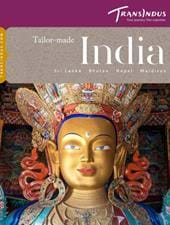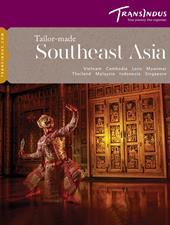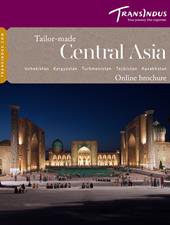Kyoto is the Japan of the imagination – a city of cherry trees, pagoda-roofed temples, geishas and tea ceremonies, all set against a backdrop of lush green hills and fine traditional architecture. The country’s capital for more than a thousand years, it was spared the bombing of World War II and as a consequence has retained an unparalleled wealth of period buildings, from Edo-era wood-fronted houses to glittering medieval shrines crammed with sumptuous art. Something like 2,000 Buddhist temples survive in pristine condition, 17 of them listed as UNESCO World Heritage Sites.
Kyoto, however, is no mere living museum. Fostered by centuries of imperial patronage, classical Japanese art and culture still flourish here as nowhere else. The flash of a geisha’s silk kimono is a routine sight amid the machiya houses and cobbled backstreets of the city’s five hanamachi (‘pleasure neighbourhoods’). Flower arrangement, rock gardening and the arcane costumes of Noh drama can still be experienced in their authentic contexts by visitors, and the local cuisine is in a league of its own.
Temples, Shrines & Castles
Kyoto holds enough enthralling religious monuments to keep you busy for literally weeks, but a few days will suffice to cover the highlights. Start with the sublime Kinkaku-ji ‘Golden Temple’, whose gilded pavilion, set in an elegant ornamental garden, is reflected to magical effect in the waters of its adjacent pond, then visit Nijo Castle, renowned for its sumptuously ornate interiors and squeaky ‘nightingale’ floors. More national treasures are on display at the Nishi Hongan-ji and Higashi temples, whose inner halls are also lavishly gilded and painted.
While the city’s famous landmarks understandably attract considerable attention, you can always escape the crowds at hundreds of less known monuments. One of our favourites is the Fushimi Inari Shrine, sited on the slopes of a mountain rising above Kyoto’s outskirts, where the pathways between four main shrines are spanned by arcades of vermillion-painted torii shrine gates, each bearing a donatory inscription – a quintessentially Japanese spectacle.
Zen Rock Gardens & Walks
Kyoto’s Buddhist temples hold some of Japan’s finest dry-landscape gardens. Regarded as the perfect expression of Zen philosophy, a prime example is the Ryoan-ji, comprised of 15 stones set in an expanse of raked gravel. Symbolizing man’s relationship with the Universe through waterfalls of white chippings and mossy rocks, the Daisen-in garden at the Daitoku-ji temple should also not be missed.
The cherry and maple blossom seasons are the ideal time to follow the tree-lined pathway along Kyoto’s central canal – known as the ‘Philosopher’s Walk’. Numerous coffee and craft shops punctuate the route, from which you can make little detours to nearby Shinto shrines.








